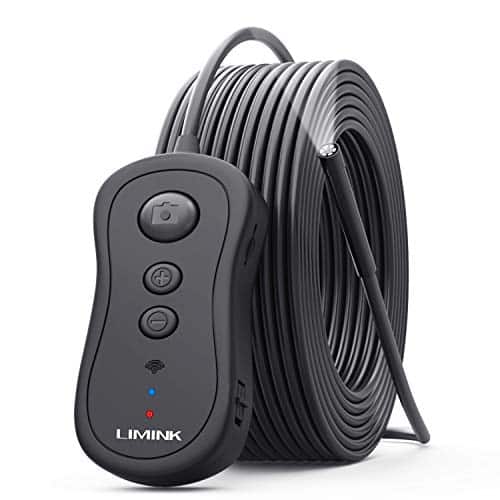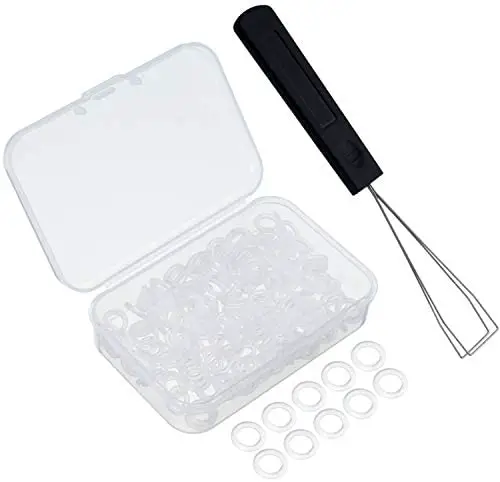
Dealing with plumbing problems can be a frustrating experience for homeowners. From leaky faucets to clogged drains, plumbing issues can disrupt daily routines and cause considerable inconvenience.
In this article, we will delve into five common plumbing problems that homeowners often face, including situations that may require repipe plumbing. We will also discuss effective diagnostic techniques to promptly identify and rectify these issues. Whether you’re dealing with a dripping faucet, a running toilet, or a clogged pipe, understanding the root causes and applying the correct diagnostic methods is crucial for efficient and long-lasting solutions.
1. Dripping Faucets

Dripping faucets are a common household annoyance, wasting water and money in the process. The incessant dripping sound can be maddening, and the environmental impact of water wastage is concerning. Usually caused by worn-out washers or seals, fixing a dripping faucet is relatively straightforward. Homeowners can save on utility bills and contribute to water conservation by taking a DIY approach to this common plumbing problem. Disassembling the faucet, identifying the faulty parts, and replacing them is an effective remedy. With a little effort, the annoyance of a dripping faucet can be resolved, bringing peace and savings back to the household.
Step-by-step guide to fix dripping faucets
To fix a dripping faucet, follow these steps. First, turn off the water supply to the faucet. Next, remove the decorative cap or handle, then the retaining screw. Use pliers to take out the cartridge or valve stem. Examine the washer or O-ring for wear and replace if necessary. Reassemble the faucet in the reverse order, ensuring a snug fit. Turn on the water supply and test the faucet. If the dripping persists, consult a professional plumber.
2. Running Toilets
Dealing with a running toilet is a common plumbing headache that not only causes annoyance but also contributes to wasteful water consumption. The primary culprit behind this issue is often a faulty flapper valve, which fails to regulate the water flow from the tank to the bowl effectively.
A simple test can help homeowners diagnose the problem: adding food coloring to the tank. If the colored water seeps into the bowl without flushing, it confirms a faulty flapper valve. Fortunately, resolving this issue is relatively straightforward. Homeowners can opt to replace the flapper valve with a new one easily found at hardware stores, or sometimes a quick adjustment of the chain length might be all that’s needed to stop the running toilet.
By promptly addressing a running toilet, homeowners can save significant amounts of water and prevent unnecessary spikes in their water bills, promoting a more sustainable and cost-efficient household plumbing system.
3. Clogged Drains

Clogged drains are an all-too-familiar headache in households, disrupting daily routines and causing inconvenience. They can strike in sinks, showers, or tubs, resulting from a buildup of hair, soap residue, grease, or food particles over time. Homeowners can attempt to diagnose and tackle the clog using a plunger or a drain snake, applying pressure or physically removing the blockage. In some cases, however, these DIY methods may prove ineffective, necessitating professional help to dislodge the stubborn obstruction.
To prevent future clogs, implementing proactive measures is essential. Installing drain strainers can capture debris before it enters the pipes, reducing the risk of blockages. Moreover, avoiding the disposal of grease or oil down the drains is crucial, as they can congeal and accumulate, exacerbating the problem.
By staying vigilant and adopting preventive practices, homeowners can minimize the occurrence of clogged drains and ensure smoother wastewater flow, promoting a healthier and more functional plumbing system.
4. Low Water Pressure
Dealing with low water pressure is a vexing issue that can disrupt daily tasks and hinder household chores. When multiple fixtures suffer from reduced water flow, the problem’s origins can be diverse. Mineral deposits accumulating in pipes over time, a malfunctioning pressure regulator, or leaks within the plumbing system are all potential culprits behind this annoyance.
Homeowners can start diagnosing the problem by checking the water pressure at various fixtures and inspecting the water shut-off valve. However, if these preliminary checks do not resolve the issue, it may necessitate more extensive measures. Repipe plumbing might be required to replace old and corroded pipes, or the expertise of a professional plumber might be essential to pinpoint and address the root cause of the low water pressure.
Swiftly addressing the low water pressure problem will enhance daily convenience and the effectiveness of household activities, ensuring a smooth and efficient water supply for all occupants.
5. Leaky Pipes

Leaky pipes can lead to water damage, mold growth, and structural issues if left unattended. Detecting and fixing leaks promptly is crucial to prevent further damage. Homeowners can perform a visual inspection of exposed pipes and check for signs of moisture or water stains.
Running water meters can help identify hidden leaks. In cases of concealed leaks, professional plumbers can utilize specialized diagnostic tools such as thermal imaging cameras and acoustic devices to pinpoint the exact location of the leak.
Conclusion
Plumbing problems can disrupt daily life and cause inconvenience for homeowners. By understanding common plumbing issues and employing effective diagnostic techniques, homeowners can identify the underlying causes and address the problems promptly. Whether it’s a dripping faucet, a running toilet, clogged drains, low water pressure, or leaky pipes, knowing the right diagnostic methods allows homeowners to tackle these issues with confidence.
While minor problems can often be resolved with DIY solutions, complex issues such as repipe plumbing or concealed leaks may require professional assistance. By taking proactive measures and addressing plumbing problems in a timely manner, homeowners can maintain a functional and efficient plumbing system, ensuring a comfortable and stress-free living environment.


